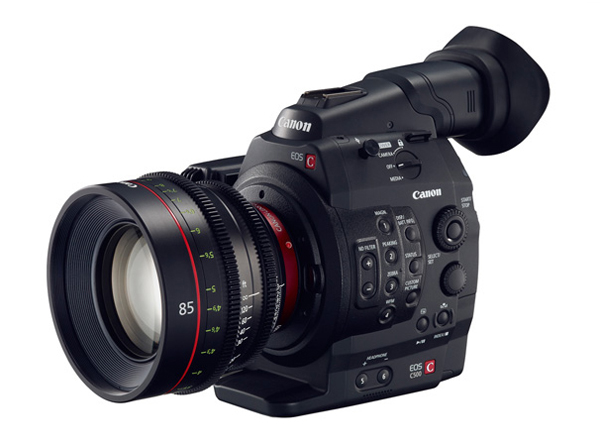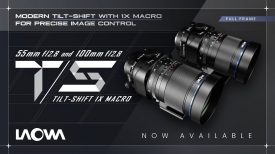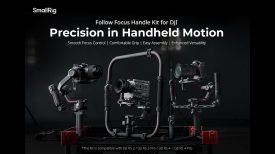It took more than 400 days of photography from space, 11 TB of data and over a quarter of a million of still images to create the latest IMAX and IMAX 3D movie, A Beautiful Planet. Made in cooperation with NASA, it features breathtaking footage of the Earth – and the effects humanity has had on it – captured by astronauts on board the International Space Station (ISS). As DP James Neihouse jokes in my interview with him (below), he’s “the only DP in the world that has to train his first unit how to shoot.”
Neihouse and producer and director Toni Myers were behind previous IMAX collaborations with NASA, including Hubble 3D and Space Station 3D. The DP has now trained more than 130 astronauts to film and tells me all about the challenges, as well as explaining why he picked the Canon EOS C500 EF digital camera, and the Canon EOS 1D C digital SLR camera.
“It’s actually a lot easier in some respects, because you don’t have to worry about dropping anything,” he says.
“There’s also a difficulty, because everything floats, and it’s very easy to just take a camera and wave it around like you used to in your own home 8mm movies. That won’t work on IMAX. Keeping the shots, especially translation shots – pans, tilts, moving shots – steady in Zero G is a real challenge and going where you want to go because you don’t always want to go in a straight line; maybe you want to turn around a corner…The actual physical moving of the cameras is probably one of the most difficult things for them.”
Exposure is another challenge, especially for those classic shots of astronauts looking out at the earth, with bright daylight in stark contrast to the dark interior conditions.
The speed at which the ISS travels – 17,500 miles an hour – also means that shooters have to be on top of their game if they want to shoot something on the ground: “If you don’t have the camera ready…the thing’s going to be away and past,” Neihouse points out.
After three years evaluating cameras and equipment the team finally decided to use the EOS C500, the EOS 1D C, and a selection of Canon Cinema Zoom and Prime lenses. To capture 4K images, the filmmakers paired the EOS C500 with Codex recorders.

The C500 hasn’t been the most popular choice with shooters here on earth, but Neihouse says the team were particularly keen to get uncompressed output and RAW recording in 4K.
“Another thing that led us to choose the C500 was its capability to record a 1080 proxy onto a CF card at the same time it outputs 4K to a recorder, and that enabled us to record proxies and 4K at the same time. The proxies were then downlinked by the same chain NASA uses to bring down electronic images all the time so we actually saw what they shot within two or three days,” he adds.
He also explains how the launch failure of SpaceX – the return vehicle, which was due to take the Codex SSD data packs back and forth so they could copy the material – left them with all their 4K material stuck in orbit. Eventually they came up with a solution that allowed them to transmit the files down at about half a gigabyte a minute.
While many people assumed they had picked the Canon 1DC for its 4K video, Neihouse says its appeal was actually that the full frame stills image size is very close to IMAX proportions: “That gave us a nice image fit for the screen,” he says.
“We shot sequential stills of the earth at 4 frames a second and brought those down and converted them with some IMAX special sauce and some other people’s special sauce and converted…back up to 24 frames per second – so you get actual real time motion….and it fills the screen quite nicely, especially when you see it in the IMAX 4K laser system.
“It really knocked my socks off.”
“A Beautiful Planet” has just begun playing in selected IMAX theatres across the United States.





